I’ve featured Patagonia numerous times in my reviews and comparisons. Without a doubt, it’s one of the best outdoor clothing brands on the market. But it’s not without its competitors.
When we think of alternatives to Patagonia, most of us think of brands like Arc’teryx, North Face, or Canada Goose, you know, brands that command cult followings.
L.L. Bean somehow always flies under the radar, even though it was a household name for decades.
Somehow, L.L. Bean has fallen out of the spotlight. But that doesn’t mean it’s not a good outdoor brand.
Investing in the right gear can significantly improve your outdoor adventures, so it’s a good idea to check out everything that the market has to offer, including brands that many of us have forgotten about.
While L.L. Bean clothing might not be fashionable at the moment, it is still functional. If you are considering going with Patagonia, but find the price to be a bit off-putting, I think L.L. Bean could be a good, more accessible alternative.
To help you understand the similarities and differences between Patagonia and L.L. Bean, I’ve created this handy guide.
L.L. Bean
About the Brand
Very few outdoor gear brands have a rich history like L.L. Bean. Lean Leonwood Bean founded the company in Maine over 100 years ago. At first, he only made rubber boots for fishermen and hunters.
Drawing a parallel, the debate of Lands’ End vs L.L. Bean often arises among outdoor enthusiasts. Both brands, like L.L. Bean and Patagonia, have carved a niche for themselves in the outdoor gear market, each with its unique offerings and legacy.
But his boots became popular among the general public thanks to their superior craftsmanship and durability.
The brand quickly expanded to apparel made for the great outdoors, such as chunky sweaters and canvas field coats. The company continued to develop designs that catered to those who want a well-rounded quality product as well as avid outdoor enthusiasts.
During WWII, the company adapted its signature hunting shoe for use by both the American navy and army. The brand continued to grow in popularity over the post-war period.
Bean’s next major entrepreneurial change happened in the 50s, when he initiated the 24/365 service.
This decision had its origins with hunters and fishermen who would stop at the company’s flagship store in the middle of the night to buy gear.
After taking over the helm of L.L. Bean in the 60s, Leon Gorman, L.L. Bean’s grandson, grew the brand to a billion-dollar company.
Currently, L.L. Bean has over 50 stores in Canada, the United States, and Japan. It continues to make accessible, functional, and durable clothes designed for spending time outdoors.
Similarly, when considering outdoor brands, the comparison between L.L. Bean vs Eddie Bauer often comes to mind. Both have a long-standing history and offer quality products, drawing parallels in their market positioning and customer loyalty.
Manufacture and Materials
Brands that focus on making highly functional gear, such as L.L. Bean, don’t rely solely on nylon or polyester. They often develop their own fabric technologies or use renowned proprietary materials.
L.L. Bean, in particular, relies on Loomia fabrics and Gore-Tex—one of the most famous fabric technologies when it comes to weather resistance, breathability, and durability. The brand also uses PrimaLoft synthetic insulation.
Along with PrimaLoft’s proprietary synthetic insulation, some L.L. Bean winter coats feature natural down.
Unlike most outdoor brands, L.L. Bean still sells products made from cotton. Cotton is mostly used in jackets that are designed to wear comfortably and be lightweight.
In order to improve the weather resistance of these jackets, the cotton is typically waxed.
Even today, L.L. Bean manufactures its classic designs and flagship products in Maine. However, some of the brand’s products are manufactured in Asia.
Value
L.L. Bean is certainly a more affordable brand than Patagonia. The price of L.L. Bean gear starts at around $70. However, higher-end L.L. Bean gear can cost more than $250.
When it comes to the quality and functionality of products, L.L. Bean has a great reputation. The company is especially famous for its customer service. Even today, the company’s flagship store is open 24 hours today, 365 days a year.
It’s noteworthy that, in the broader context of outdoor apparel, debates such as the comparison between Moose Knuckles and Canada Goose also surface, where the intricacies of design, functionality, and brand legacy are dissected and discussed among consumers and enthusiasts alike.
Best from L.L. Bean
PrimaLoft Packaway Hooded Jacket
Specs
- Fabric: 100% recycled polyester
- Insulation: 60g PrimaLoftsynthetic insulation
- Weight: 13 oz
Pros
- Made with recycled materials
- Thin and light
- Water-resistant
- Very affordable
Cons
- Hard to find in retail stores
This jacket is most notable for its great price. It is one of the most affordable high-quality jackets I’ve ever received. Only some minor details separate it from many of the higher-end jackets I’ve tested so far.
The L.L. Bean Packaway packs 60 grams of premium PrimaLoft synthetic insulation. But it’s not the only thing that makes this jacket so warm. The secret behind the jacket’s warmth lies in the Cross Core technology it uses.
To improve the warmth of the fibers and keep the weight of the jacket down at the same time, the Cross Core technology uses some form of NASA-designed aerogel. As a result, the jacket has an impressive warmth-to-weight ratio. It weighs just 13 oz.
Many of us are not too fond of bulky jackets, myself included, so I’ve really liked this jacket’s low profile. However, the Packaway isn’t warm enough to stand alone in winter.
I like how easy it is to stuff this jacket into its own pocket. Many of the jackets I’ve tested are so difficult to fit into such a tiny pocket, and some aren’t capable of stuffing into a pocket at all.
The more I wore this jacket, the fewer complaints I had. It is reasonably comfortable to wear around.
But I have to be a bit nitpicky for this review, and I must say that I wasn’t very impressed with the fit.
In my opinion, the sleeves are a bit short. No matter how you move with the jacket, the cuffs will ride a good distance up the forearms.
Women’s Ultralight 850 Down Jacket
Specs
- Fabric: 100% recycled nylon
- Insulation: 850-fill power goose down
- Weight: 12.2 oz
Pros
- Beefy zipper
- Interior stow pocket
- Fleece collar
- Hydrophobic down coating
Cons
- No hood
The L.L. Bean comes with high fill quality down and an inexpensive price tag. It’s a surprisingly good deal.
The users love the fleece-lined pockets and collar, the fit and the quilting pattern is flattering, and the jacket stuffs into its own interior pocket. In my opinion, the only downside of the jacket is the lack of a hood.
But, even though it doesn’t have a hood, the L.L. Bean Ultralight makes a comfy and cozy inner or outer insulation layer.
The Jacket uses 850-fill-power down, and, as its name suggests, it is very lightweight.
Most of the weight of the jacket comes from the robust ripstop nylon shell. The shell lends durability to the jacket and keeps the down from escaping.
The L.L. Bean Ultralight is true to size, and it can accommodate layers over or underneath. Most users love its casual, attractive look.
Thanks to DownTek, the L.L. Bean ultralight is more water-resistant than your average down jacket.
Down Tek is a special coating that makes the down water-repellent. And, if it manages to get wet, it will dry faster.
On its own, down isn’t very water-resistant. And, when it gets wet, it loses its insulating properties. So, this is a huge plus for Ultralight.
Patagonia
About the Brand
Patagonia was founded in 1973 in California. It is one of the most heavily featured brands in my review, comparisons, and selections, and for a good reason. Patagonia’s products are beyond impressive.
The company has been making innovative outdoor gear and clothing for a wide variety of outdoor activities, from hiking and mountaineering to trail running and fly fishing. I particularly like the company’s down jackets and vests.
The brand has become a symbol of a well-healed outdoor adventure as it is continuously coming up with novel solutions.
Materials and Manufacture
The great thing about Patagonia is that it’s not just in the business of making outdoor gear, it’s also in the business of protecting the environment.
It’s one of the most environmentally conscious outdoor brands on the market. The company sources a lot of its raw materials through recycling. It was one of the very few companies to recycle plastic bottles into clothing.
Not all of the materials Patagonia uses are recycled, but all of them are ethically and sustainably sourced.
For instance, Patagonia has been using hemp, one of the most sustainable materials in the world, since 1997. Patagonia has also been using organic cotton long before other brands were aware of the environmental problems surrounding conventional cotton farming.
Patagonia also relies on Gore-Tex product technologies and its proprietary Nano Puff synthetic insulation.
Moreover, many of Patagonia’s water-resistant designs feature the Deluge DWR coating. Compared to standard DWR coatings, the Deluge coating requires fewer reapplications.
Patagonia is also renowned for its rigorous product testing processes. One of these processes is called the 24 Killer Wash. This vigorous 24-hour test is designed to simulate years of use and abuse.
To expose weaknesses in the construction or materials, Patagonia sends its testers into the field to test these products in every possible condition. Only the garments that pass the test make it to the market.
Value
Patagonia is one of the priciest outdoor brands on the market, and it’s considerably more expensive than L.L. Bean.
But all of Patagonia’s products come with a lifetime warranty. Patagonia is, without a doubt, dedicated to making gear that’s built to last.
Even if the damage on your Patagonia garment isn’t covered by the warranty, chances are the brand will repair it free of charge. Only some of the more technical items are subject to a repair fee.
I also like Patagonia’s trade-in program, called Worn Wear. It allows customers to trade in used Patagonia items for store credits. These items are then refurbished and sold on the Worn Wear website.
Best from Patagonia
Alpine Houdini
Specs
- Fabric: Ripstop nylon
- Waterproofing: H2No Performance Standard shell
- Weight: 7.1 oz
Pros
- Packs very small
- Great wind barrier
- Great rain protection
- Lifetime warranty
Cons
- Pricey
The Alpine weighs and packs down like a windbreaker even though it’s a bomb shelter of a storm jacket.
Unlike most windbreakers I’ve tested, it incorporates a full 2.5-L waterproof-breathable membrane. Most other jackets of the sort merely rely on a DWR coating.
Its heavy-duty construction makes it one of the most water-resistant and wind-resistant windbreakers I’ve tested. If you think there’s a chance you’ll get very soaked on your outdoor outing, this jacket is a safe bet.
The 2.5-L waterproof/breathable construction offers decent breathability, but I must say that you’ll find more breathable windbreakers in this price range.
The Alpine Houdini offers plenty of room for layering underneath. But, at the same time, it isn’t so bulky as to inhibit movement.
I was very impressed by how well the Houdini compresses down when I stuff it into its check pocket. It’s perfect for mountaineers who are looking for a very packable jacket to clip to their harness.
But, of course, the Houdini isn’t just a good jacket for climbers. I’d say it’s an excellent shell for backpacking trips as well due to the fact that it’s essentially a very lightweight rain jacket.
Women’s Tres 3-in-1 Parka
Specs
- Fabric: Recycled polyester
- Insulation: 700-fill recycled goose and duck down
- Weight: 2.9 lb
Pros
- Very warm
- Durable
- Waterproof
- Flattering
Cons
- Expensive
The Patagonia Tres Winter Parka is two coats that are zipped together. Each layer of the jacket can handle an array of weather.
The inner layer is filled with 700-fill-power recycled down. The outer shell is made of Patagonia’s proprietary H2No windproof, waterproof, and breathable stretch-twill.
You can wear each layer separately, or you can zip them together to create a warm winter jacket.
The Tres Parka isn’t super lightweight (as it weighs almost 3 pounds) but it never feels bulky or heavy.
The outer shell is made of two layers. It is not insulated but it offers impressive protection from snow, rain, and wind. So the inner 700 fill-down parkas can trap your body’s heat, the protective layer keeps the weather out.
The down layer alone is enough to keep you warm on a dry but freezing day. But the jacket is especially toasty when you zip the two components together.
The Tres is one comfortable parka. The outer shell is soft and smooth. Wearers generally appreciate the looser fit of the jacket. The adjustable hood is very easy to keep snug in a storm, without it affecting your peripheral vision.
Conclusion
Both Patagonia and L.L. Bean make products for a variety of different outdoor enthusiasts, and they both offer a wide range of choices and designs.
Both brands are known for having a great customer care policy. But no brand can match Patagonia’s IronClad Guarantee, not even L.L. Bean.
And, while it’s clear that both brands make excellent technical pieces, Patagonia’s products offer better overall performance.
Even though it is more expensive, I think that Patagonia is the better choice here.

I’ve had the privilege of hiking the Camino de Santiago twice, walking up Ben Nevis, and spending three weeks hiking in the Candian Rockies. I love the peace that comes from getting out of the cities I have lived in to enjoy hikes of all lengths in various countries.

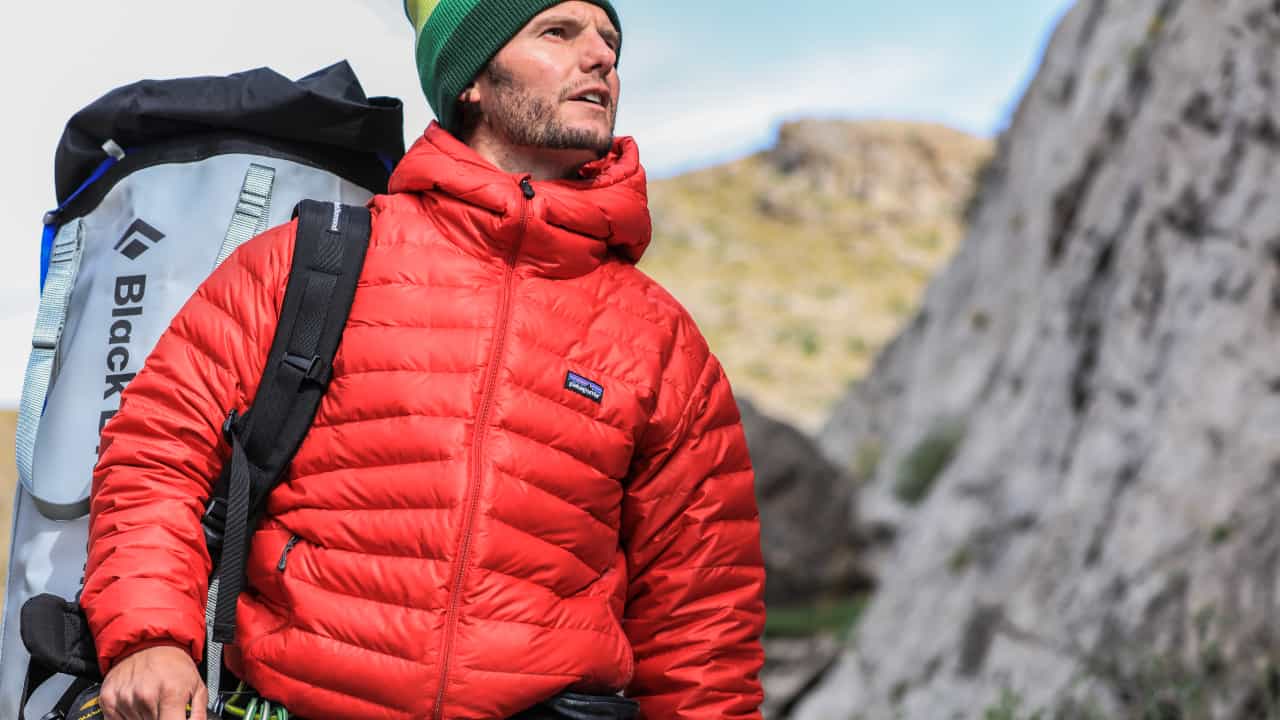
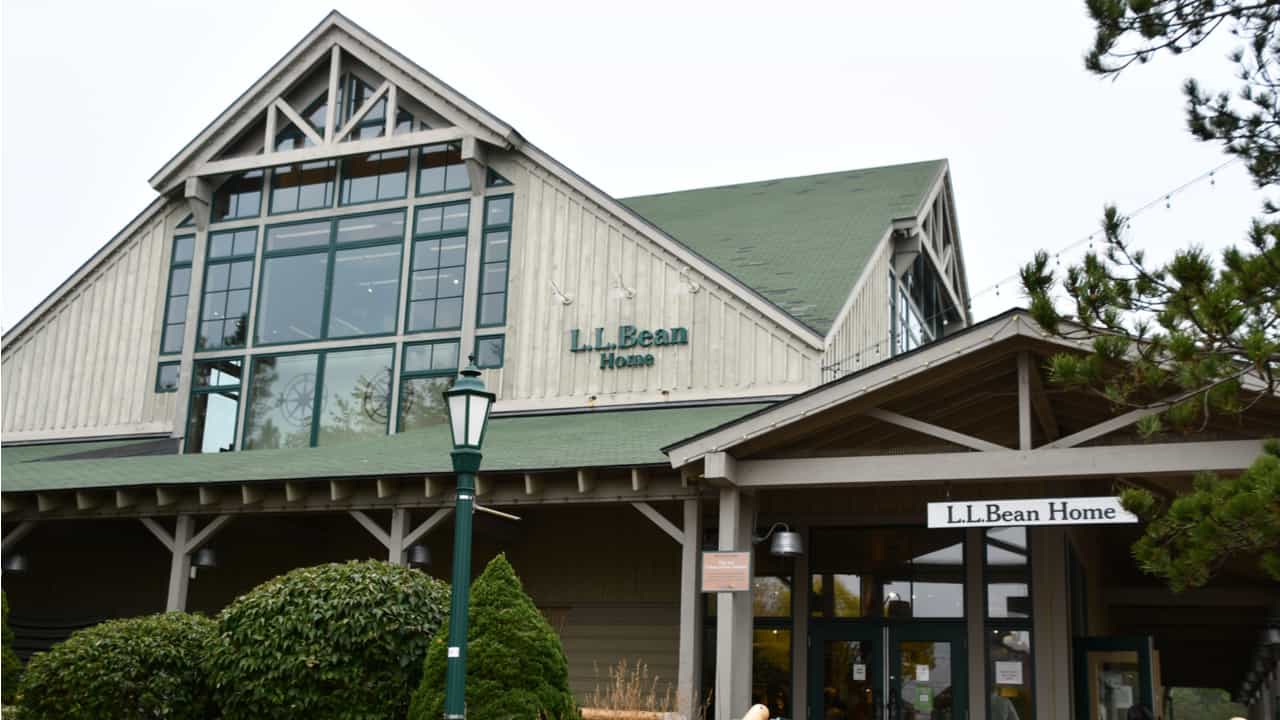
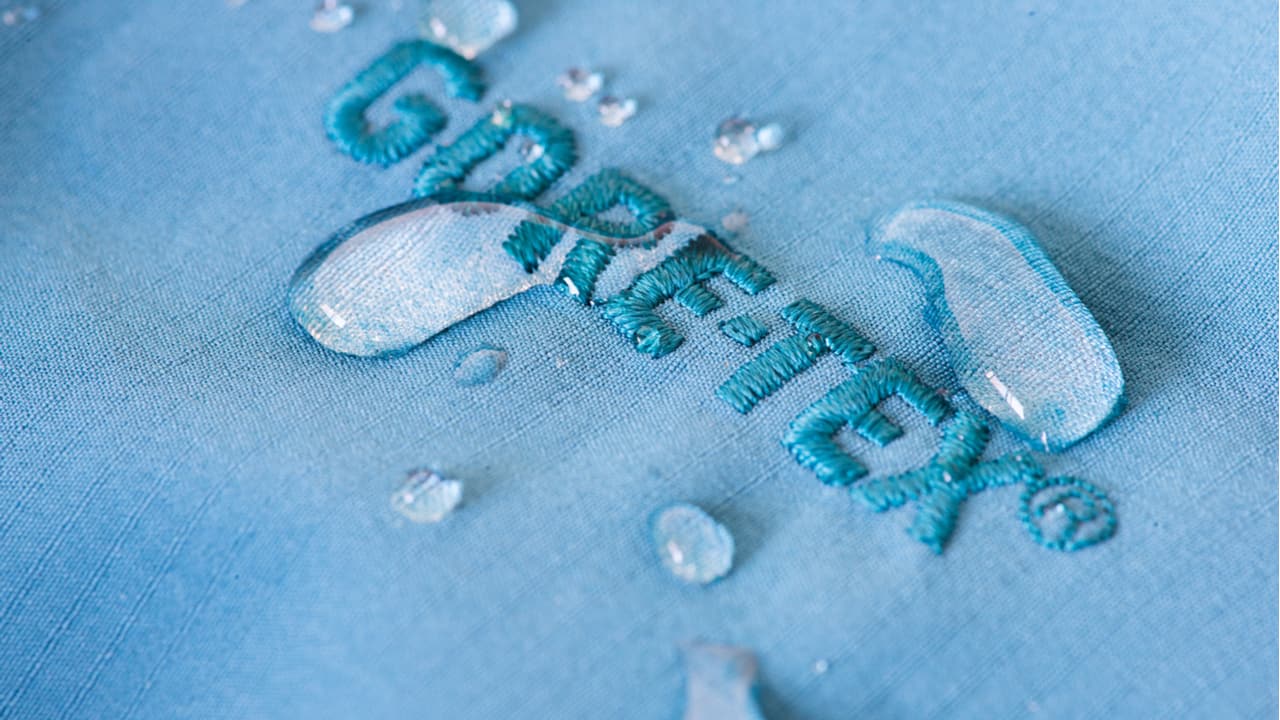
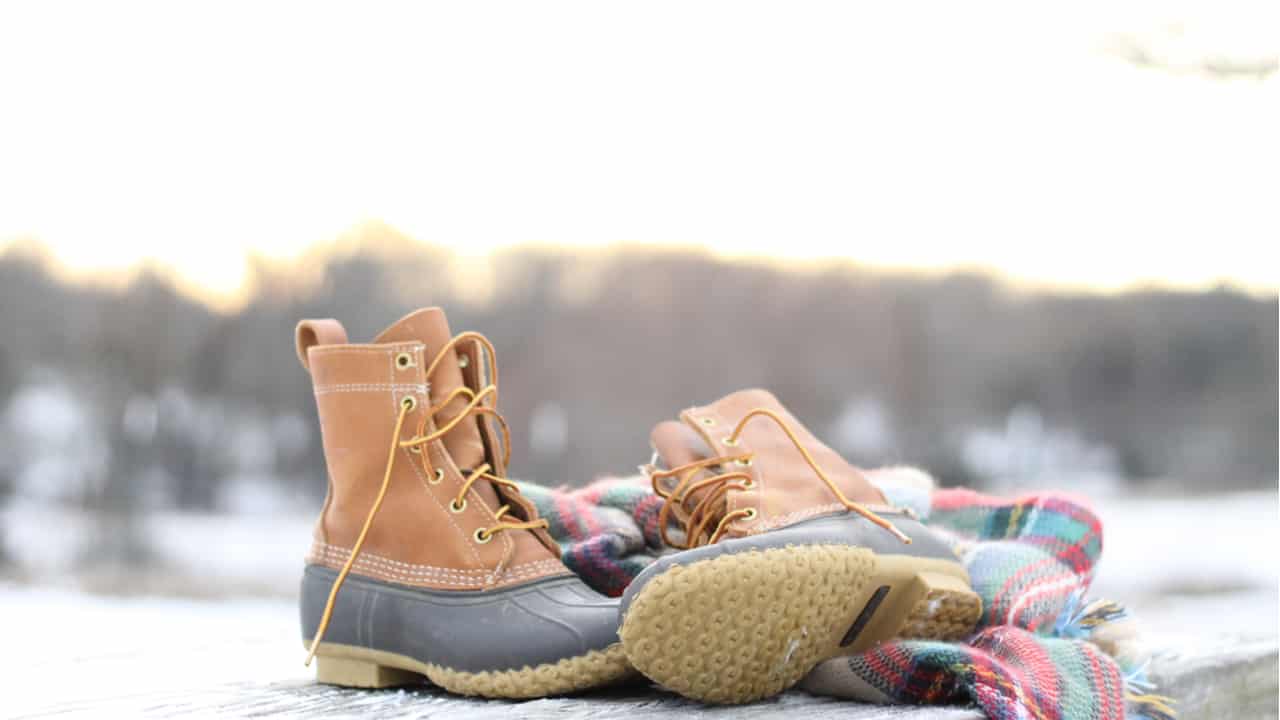
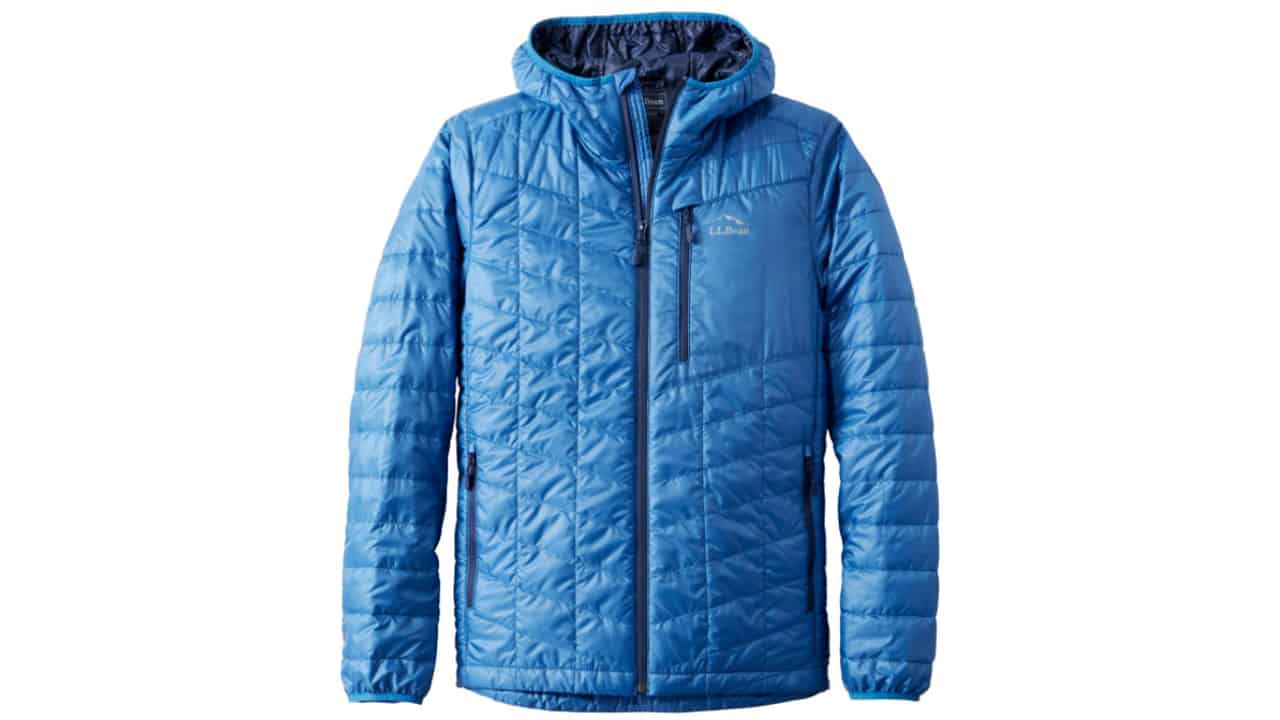
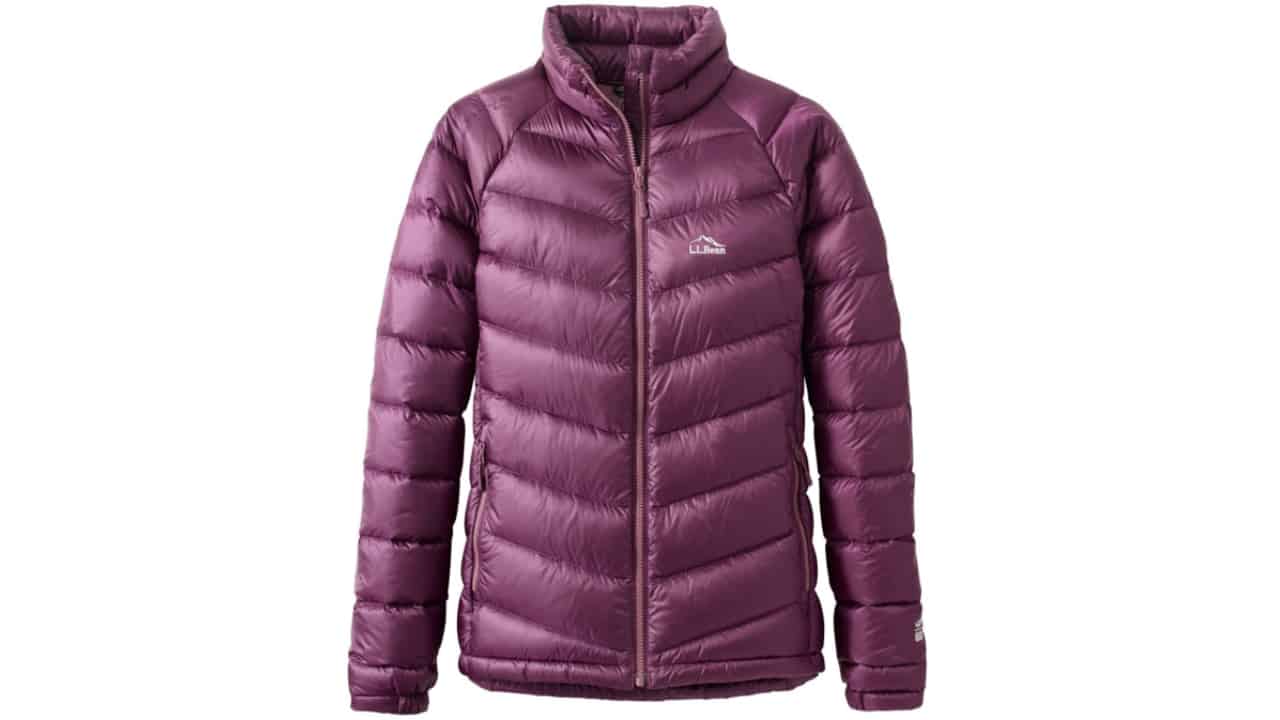
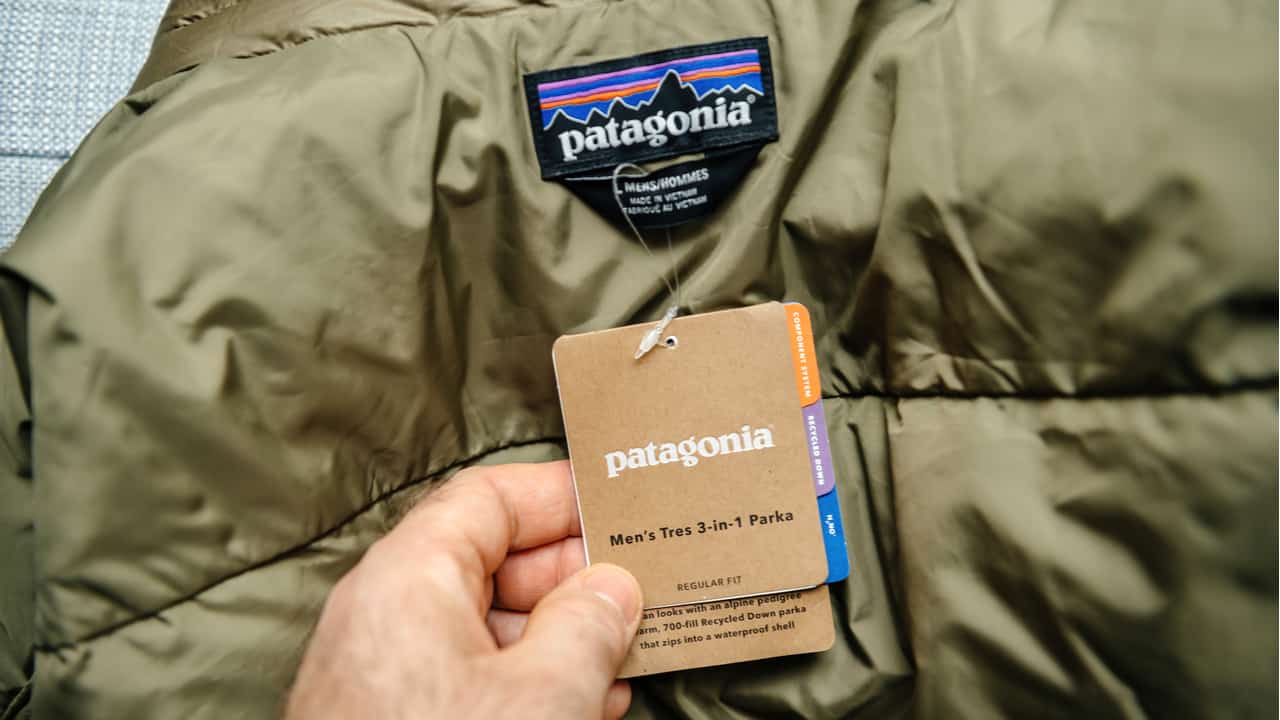
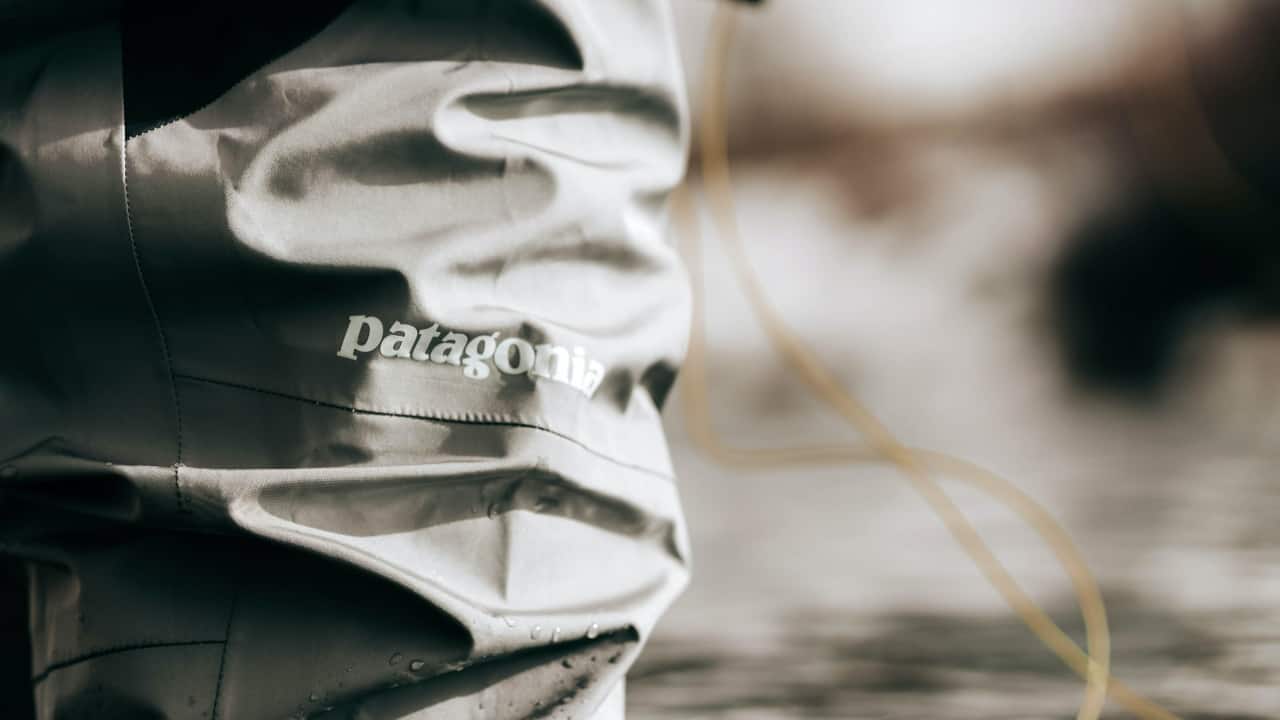
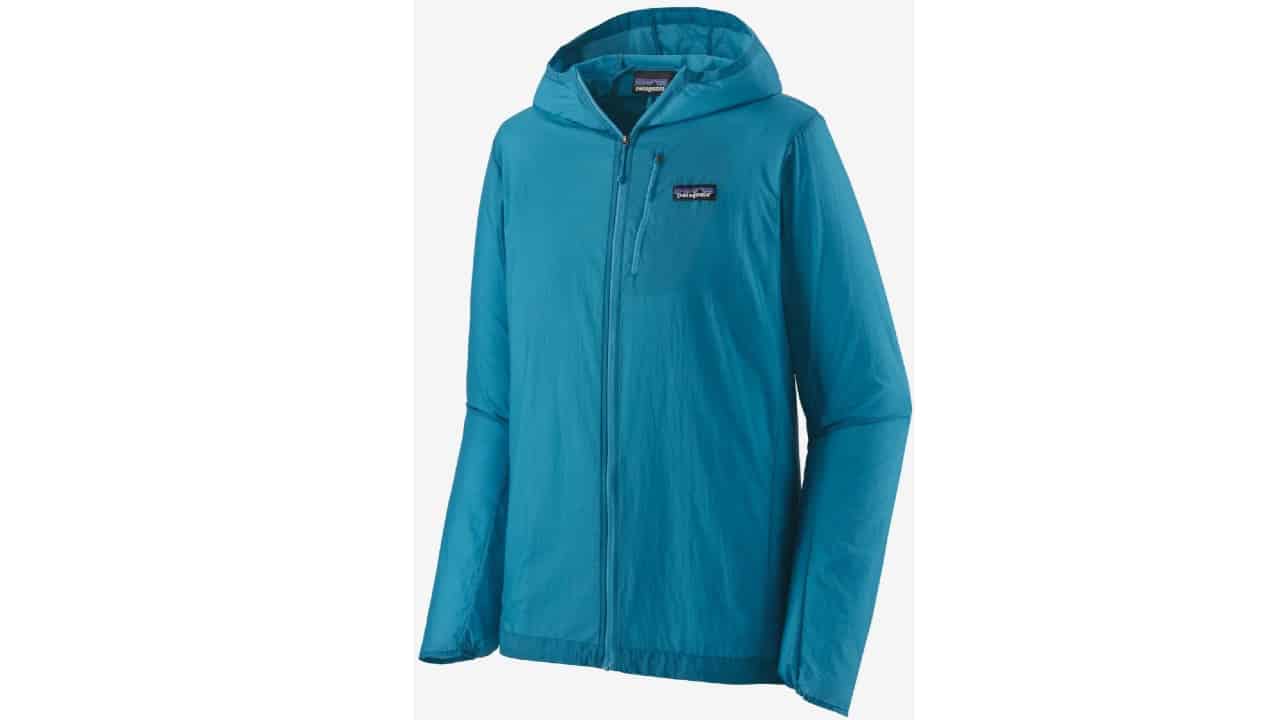
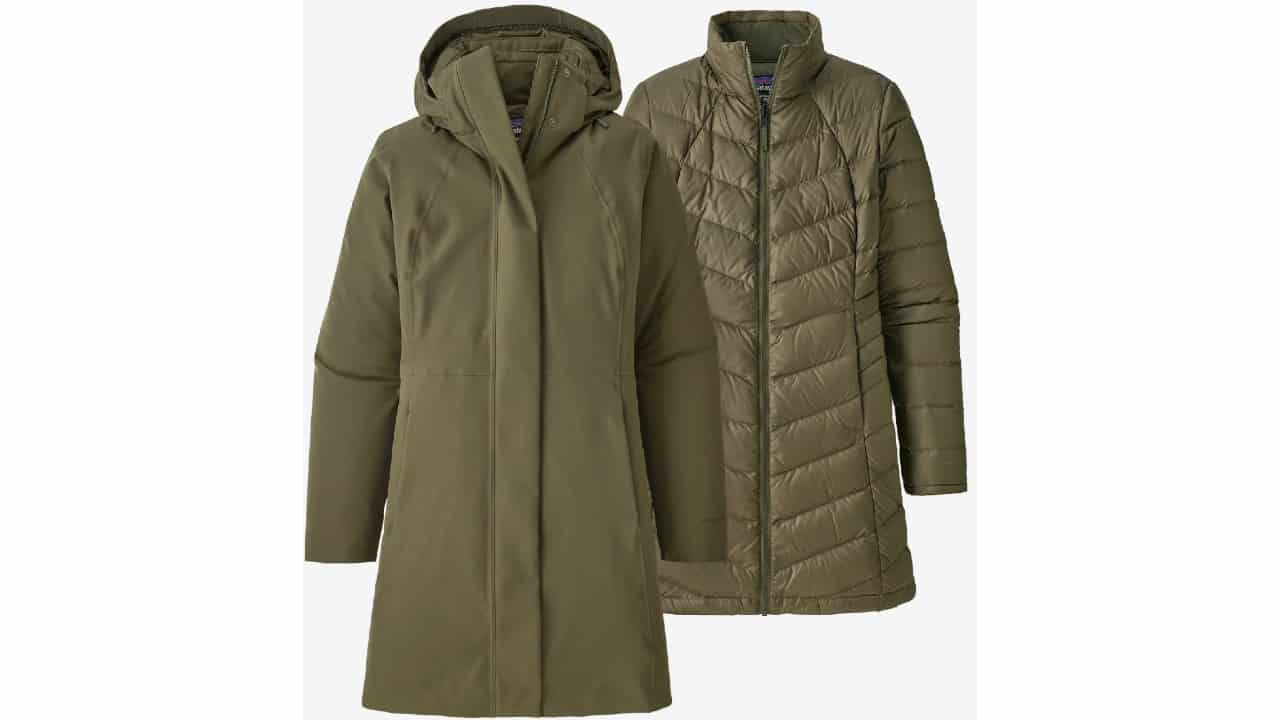
I have purchased, and heavily worn, Patagonia products for years. I started back when their signature product was the canvas long sleeve shirt!. I own many items. Some I still wear (not daily) after 20 years.
Over the last few 3-4 years the cut and fit of the garments have changed so I have to very careful of fit before purchase.